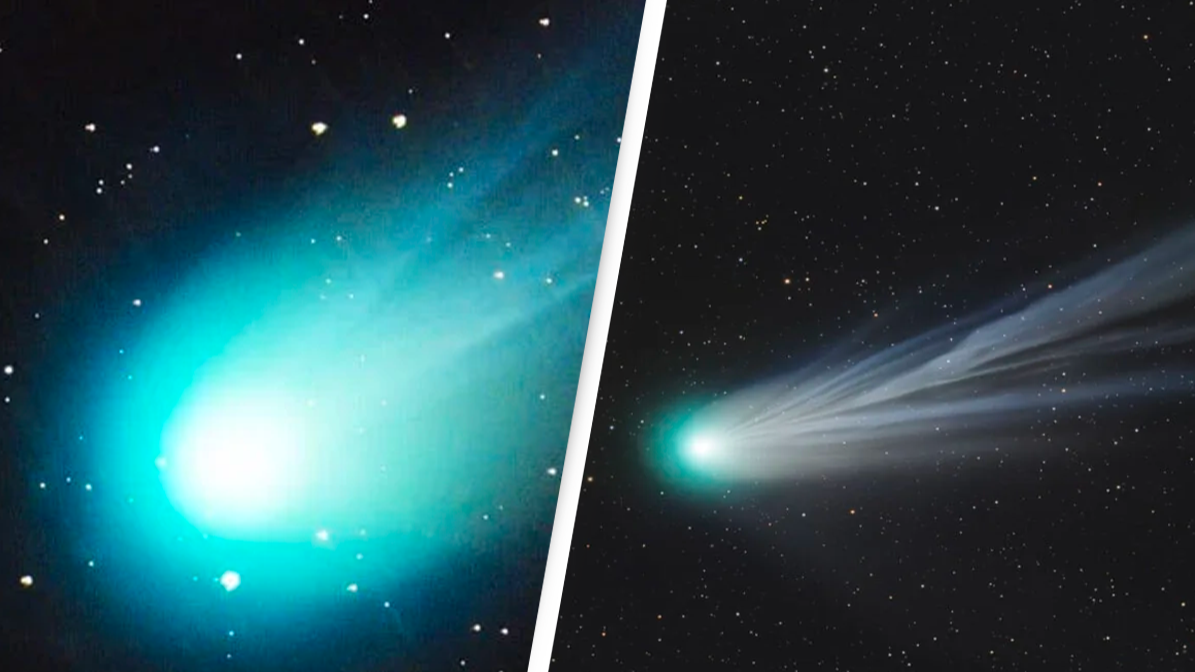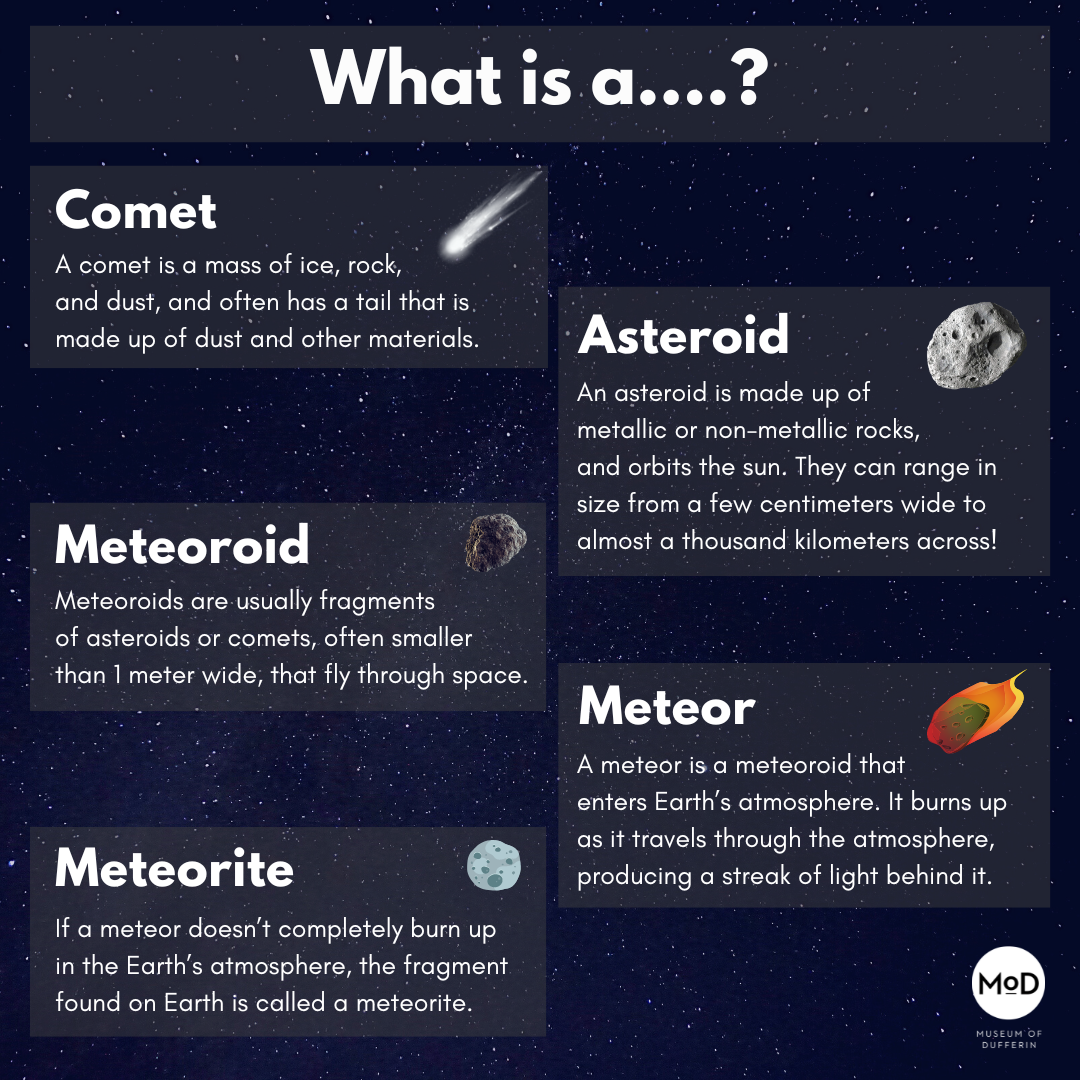





Copyright infringement not intended
Picture Courtesy: https://www.unilad.com/news/world-news/mother-of-dragons-how-to-see-592046-20240404
Context: Comet 12P/Pons-Brooks, known as the "Mother of Dragons," provides a rare celestial display in the Northern Hemisphere due to its 71-year orbital period, offering valuable insights into the origins of our solar system and enhancing our understanding of the universe's evolution and Earth's formation.
About the 'Mother of Dragons' comet
|
Comet ●A comet is a small, icy object in our solar system. ●As it approaches the Sun, the ice warms and releases gases (outgassing). This creates a glowing head (coma) around the comet's solid core (nucleus). Sometimes, a tail of gas and dust streams out from the coma, pushed by the Sun's wind. ●Comet nuclei are a mix of ice, dust, and rocky particles, ranging from hundreds of meters to tens of kilometers in size. ●Comets have elliptical orbits, meaning they travel in elongated paths around the Sun. Their orbital periods vary greatly, from a few years to millions of years. ●Based on their origin, they are classified as short-period (Kuiper Belt), long-period (Oort Cloud), or hyperbolic (one-time visitors). |

Source:
|
PRACTICE QUESTION Q. In the recent headlines, what does the term "Mother of Dragons" mean? A) Species of dragon B) Comet 12P/Pons-Brooks C) A malware D) New variant of Covid-19 Answer: B |











© 2025 iasgyan. All right reserved